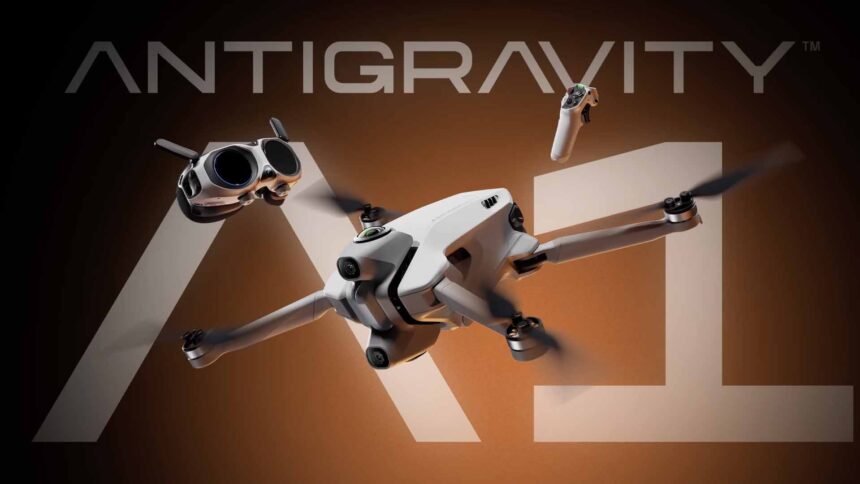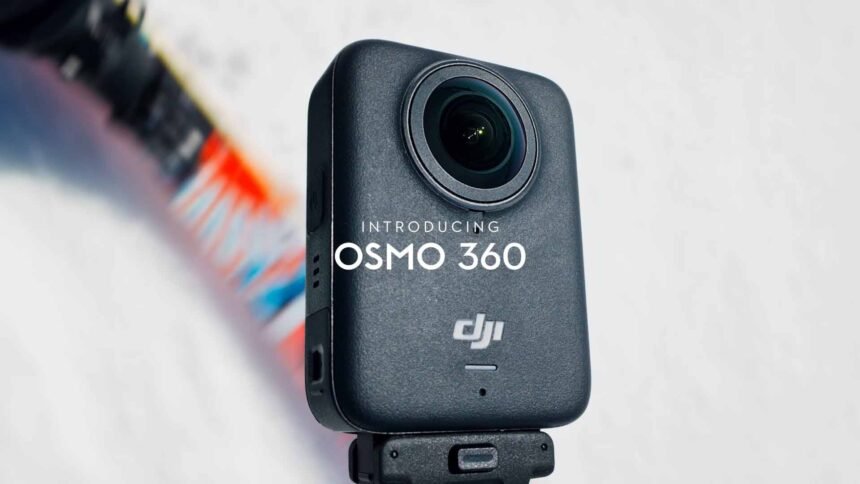The new DJI Dock 2 is a lightweight, drone-in-a-box solution for automated aerial missions.
Compared with the previous version, Dock 2 is 68% lighter and 75% smaller. Two people can carry the 34kg (75lb) dock, making it easy to transport and install.

“Over the years, DJI’s industrial-grade drones have helped everyday heroes worldwide save
lives, improve worker safety across industries, and conserve ecosystems amid climate
changes,” said Christina Zhang, Senior Director of Corporate Strategy at DJI.
“Today, far too many workers must perform repetitive but complex and dangerous jobs manually onsite. With DJI Dock 2, we’re delivering a cost-effective automatic aerial solution to complete these jobs efficiently from a safe distance.”

DJI has made the Dock 2 with maximum up-time in mind. Dock 2 only requires maintenance every six months. If there’s a power outage, it can operate on its own for 5 hours. So there’s little, to no risk of the drone being stranded. If anything goes wrong, operators will receive an email immediately.
Dock 2 is smarter than its predecessor, offering improved cloud-based intelligent functions like FlightHub 2 high-precision 3D models, created based on collected flight data. This data means the drones can be programmed to automatically adjust the camera’s angle to capture
the same area in subsequent flights. Routine surveying tasks can be automated with features
like this, improving worker safety and efficiency.

The drones used in Dock 2 are the all-new DJI Matrice 3D/3TD. Both drones feature integrated RTK antennas, omnidirectional obstacle sensing, and automatic obstacle bypass, enhancing the success rate of each automatic flight task. They also boast a 50-minute maximum flight time, a 10km operating radius, an IP54 rating for wind and dust, and can recharge for 400 cycles.

Matrice 3D
Designed for automatic mapping and surveying missions. Tele camera (1/2-inch CMOS, 162mm format equivalent, 12MP of effective pixels) and a wide camera (4/3 CMOS, 24mm format equivalent, 20 MP of effective pixels) with a mechanical shutter, meeting the needs for 1:500 high-precision mapping tasks.

Matrice 3TD
Designed for security and inspection operations. Same tele camera as the Matrice 3D but a different wide camera (1/1.32-inch CMOS, 24mm format equivalent, 48MP of effective pixels). It also includes an additional infrared camera (40mm format equivalent, 640×512 resolution for normal mode and 1280×1024 resolution for UHR infrared image mode, 28x digital zoom) that can depict both visible light and thermal images.

DJI Dock 2 uses vision sensors to evaluate a site before deploying the drone, ensuring
the flight path and destination have good GNSS signals. This speeds up the site selection process from 5 hours to 12 minutes. It can quickly complete propeller inspections and get accurate RTH location information using its dual RTK antennas, allowing the drone to take off within a minute.

DJI FlightHub 2 uses online weather forecasting so warnings can be sent, and flights can be terminated as necessary. DJI Dock 2 can be programmed to complete missions automatically, but at any time, operators can take control. Internal and external fisheye lenses provide real-time conditions within and outside the dock. The drone’s battery can be wirelessly
charged to 90% from 20% in approximately 32 minutes within the hangar.
Availability
DJI Dock 2 will be available for purchase starting at A$12,850.
DJI Matrice 3D starting at A$6,780
DJI Matrice 3TD A$8,920
(Prices do not include tax or installation and deployment service fees.)




